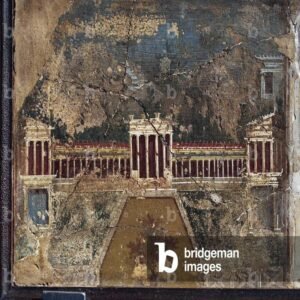The Coastal Secrets of Aksum: Cities and Empire in the 4th Century.

Aksum’s Fourth-Century Cities and Coastal Empire: A Study in Grandeur and Commerce
This study examines the cities of the Aksumite Kingdom and its coastal empire during the 4th century CE, revealing a civilization that thrived along the Red Sea and significantly impacted global trade. The 4th century marked the apex of Aksum’s power and influence, extending from the Ethiopian highlands to the Yemeni coast and controlling vital maritime trade routes between East and West. Understanding this prosperous era necessitates a thorough analysis of its major cities and their crucial role in the empire’s development.
Aksum: The Capital City
First, we consider Aksum, the capital, a significant political, economic, and cultural center. Archaeological evidence reveals sophisticated infrastructure, including substantial palaces, towering temples, and intricately carved obelisks, demonstrating advanced urban planning and engineering. Aksum served as a major trading hub, facilitating the exchange of goods from diverse regions—from South Arabian spices and incense to African ivory and gold. This robust commercial activity fueled the city’s prosperity and Aksum’s expanding influence.
Coastal Cities and Maritime Trade
Second, we analyze the coastal cities integral to the Aksumite Empire’s economic strength. Cities such as Adulis and other port settlements served as vital links to the outside world. These ports facilitated the export of Aksumite gold, precious stones, and ivory to Rome, Greece, and the wider Mediterranean, while importing various goods in return. Adulis, in particular, was a strategically important and thriving city, a key node in the Aksumite-controlled maritime trade network.
Cultural Exchange and Religious Transformation
The Aksumite cities of the 4th century were not merely commercial centers but also significant cultural hubs. Inscriptions and artifacts reveal the influence of interacting cultures, including Greek, Roman, and Habesha traditions. This cultural exchange is evident in architecture, art, and literature, enriching Aksumite culture and creating a multifaceted civilization. The distinctive architectural style of its temples and palaces, blending diverse influences, showcases remarkable engineering achievements. The 4th century also witnessed the spread of Christianity within the Aksumite Kingdom, leading to significant religious and cultural transformations. Christianity became the state religion, profoundly impacting societal structure and lifestyle. This is reflected in the construction of Christian churches and temples, and Aksum’s crucial role in spreading Christianity across Africa. This era represents a pivotal transitional period in Aksumite history, marked by considerable cultural and religious development.
The Role of Agriculture
The role of agriculture in the Aksumite economy also warrants consideration. The Ethiopian highlands produced abundant agricultural goods, such as grains and cotton, supporting the kingdom’s economic growth. While agriculture formed the foundation of Aksum’s economy, maritime trade played a vital role in its development and prosperity.
Conclusion
The cities of the 4th-century Aksumite Kingdom and its coastal empire stand as a testament to economic strength and advanced urban planning. Their study reveals the impact of maritime trade on civilizational development and how the integration of economic, cultural, and religious factors contributed to the creation of a great empire. Further discussion is invited regarding the development of Aksum’s 4th-century cities and a comparative analysis with other contemporary empires. Readers are encouraged to share their perspectives and insights. The study of history offers valuable lessons, and the Aksumite experience prompts reflection on its potential relevance to modern contexts. What lessons can we glean from this remarkable civilization?







